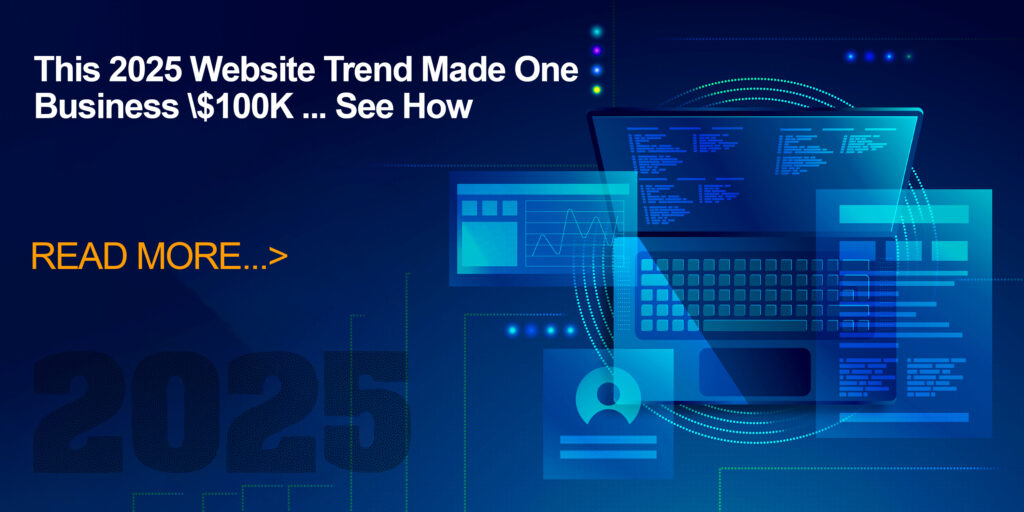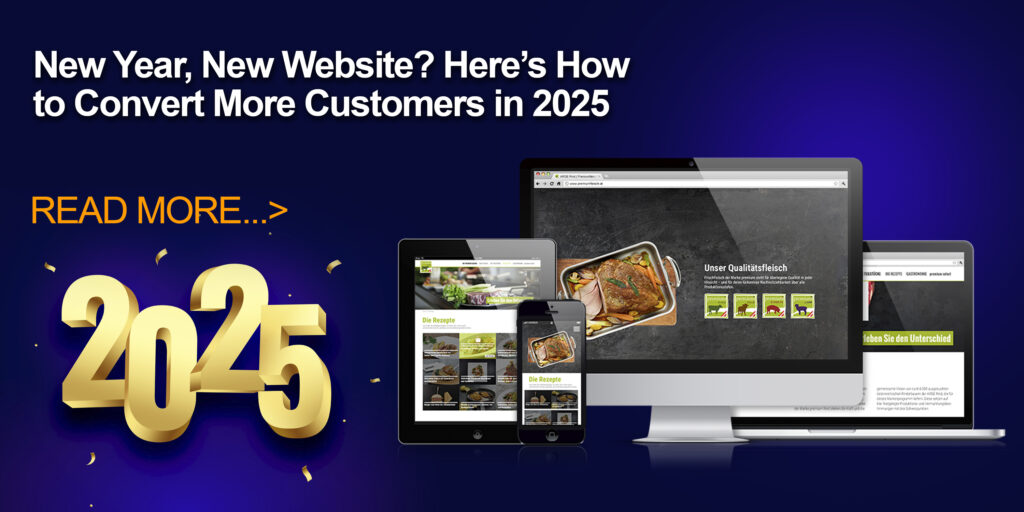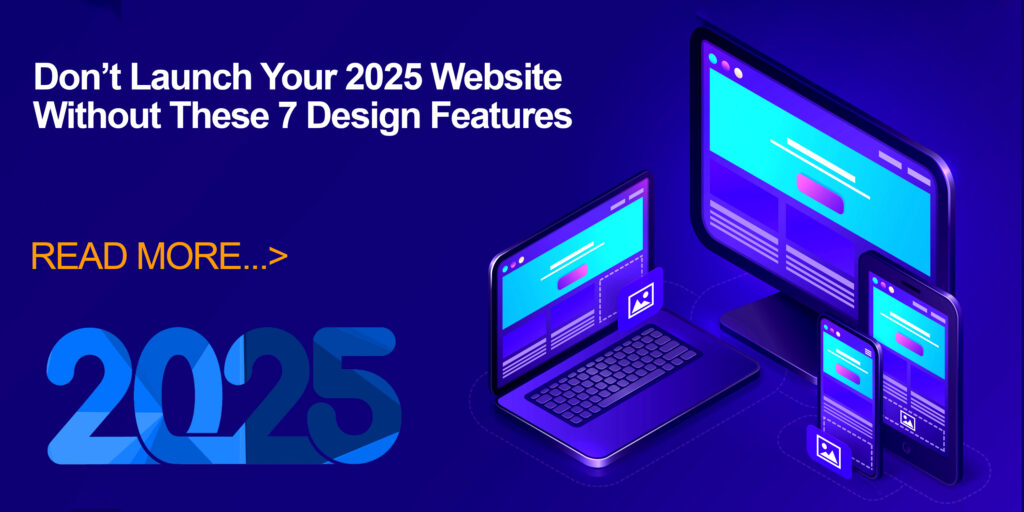Here’s Exactly How to Replicate It – The Game-Changing Website Trend of 2025 Interactive Personalization
2025 Website Trend Made One Business $100K, one groundbreaking trend is quietly revolutionizing the way online businesses grow revenue: interactive website personalization. No longer just a gimmick or an advanced tech feature for mega-corporations, personalization through interactive design and AI has become an essential strategy for maximizing user engagement, time on site, and ultimately—conversions.
One mid-sized eCommerce business applied this trend in Q1 2025 and generated over $100,000 in additional revenue within 90 days. Here’s a deep dive into how they did it—and how you can too.
Why Interactive Personalization Works in 2025
Search engines and users now demand more than just pretty interfaces. In 2025, the user experience (UX) has become the single most critical differentiator. By integrating smart personalization—tailored product suggestions, behavior-based landing pages, and predictive user flows—websites are now able to respond in real-time to user needs.
Key components of this trend include:
- AI-powered recommendation engines
- Interactive product selectors or quizzes
- Dynamic landing pages that adapt to user profiles
- Behavior-triggered pop-ups and CTAs
- Location-specific content and pricing
Case Study: How One Business Leveraged This Trend to Earn $100K+
Industry: Skincare eCommerce
Timeframe: 90 Days
Revenue Growth: $102,750 in incremental sales
A growing skincare brand implemented an AI-based quiz that recommended personalized skincare routines. The quiz collected data like skin type, age, location, and common concerns, then matched users with curated product bundles.
Results were immediate:
- 45% increase in average order value (AOV)
- 3x more time spent on site per session
- 24% higher repeat customer rate
- Conversion rate jumped from 1.9% to 4.6%
All of this was made possible by real-time interaction and data-driven customization.
How to Implement Interactive Personalization on Your Website
1. Install AI-Based Product Recommenders
Utilize platforms like Clerk.io, Nosto, or Shopify’s Kit to integrate AI that analyzes customer behavior and adjusts product listings accordingly. These tools track:
- Browsing behavior
- Purchase history
- Product comparisons
- Cart abandonments
This level of hyper-targeted personalization not only improves UX but also boosts upsells and cross-sells.
2. Use Interactive Quizzes or Selectors
Quizzes are no longer just for entertainment—they are lead-gen goldmines. Create quizzes that:
- Diagnose user needs (e.g., “Find Your Perfect Pet Toy” or “Best Supplements for Your Lifestyle”)
- Deliver product matches
- Capture email addresses with exclusive results
Tools like Typeform, Outgrow, or Interact allow seamless integrations with eCommerce or service platforms.
3. Build Dynamic Landing Pages
Abandon generic landing pages. Use platforms like 2025 Website Trend Made One Business $100K Unbounce or Instapage to create smart landing pages that change based on:
- Geo-location
- Time of day
- Referral source
- Visitor history
This micro-targeting increases relevance, decreases bounce rates, and skyrockets conversion potential.
4. Integrate Personalized Email Flows
Interactive personalization doesn’t end on-site. Use behavioral data to:
- Send cart abandonment emails tailored to their product selections
- Deliver replenishment reminders
- Highlight price drops on previously viewed products
Software like Klaviyo, ActiveCampaign, or Drip offers deep integrations for real-time personalized email flows.
Tools Powering the 2025 Website Trend
To replicate the $100K success, you need the right tools:
| Purpose | Tool Suggestion |
|---|---|
| AI Recommendations | Clerk.io, Nosto |
| Product Quizzes | Outgrow, Interact |
| Dynamic Landing Pages | Unbounce, Instapage |
| Email Personalization | Klaviyo, Drip |
| Analytics & A/B Testing | Hotjar, Google Optimize |
| Chat-Based Conversions | Tidio, ManyChat AI |
The Role of SEO in Interactive Personaliz ation
You may ask—does SEO matter in personalization? Absolutely. In fact, it enhances it.
Here’s how to merge SEO with personalization:
- Schema markup for personalized product recommendations
- Optimized URLs even when using dynamic pages
- Personalized meta titles/descriptions using dynamic variables
- Behavior-triggered content that still respects crawlability
Google favors websites that deliver both value and speed. If your personalization slows down your site or hides key content, you’ll fall behind. But if done correctly, it improves both SEO metrics and user engagement.
Top Benefits of Using This Trend
1. Increased Revenue
Personalized experiences drive more purchases and higher order values.
2. Improved Retention
Users are more likely to return to websites that understand and remember them.
3. Reduced Bounce Rates
Content that adapts to user needs immediately decreases exits.
4. Higher Engagement
Interactive features naturally encourage users to stay longer and explore more.
5. Competitive Edge
Only a small fraction of businesses are effectively executing personalization. Being early gives you dominance.
Bonus Tip: Combine Personalization with Social Proof
Adding live notifications like “Someone in New York just bought this!” or showcasing real-time reviews strengthens trust and drives urgency. This combo of personalization + social proof is the ultimate CRO amplifier in 2025.
The Future Is Personalized
The $100K success story is not an anomaly—it’s a blueprint. The future of profitable websites lies in the hands of those who embrace interactive, AI-powered personalization. Implement it correctly, and you’ll not only match your competitors—you’ll outrank, outsell, and outperform them.
If you want to read more information about how to boost traffic on your Website just visit –> The Insider’s Views



